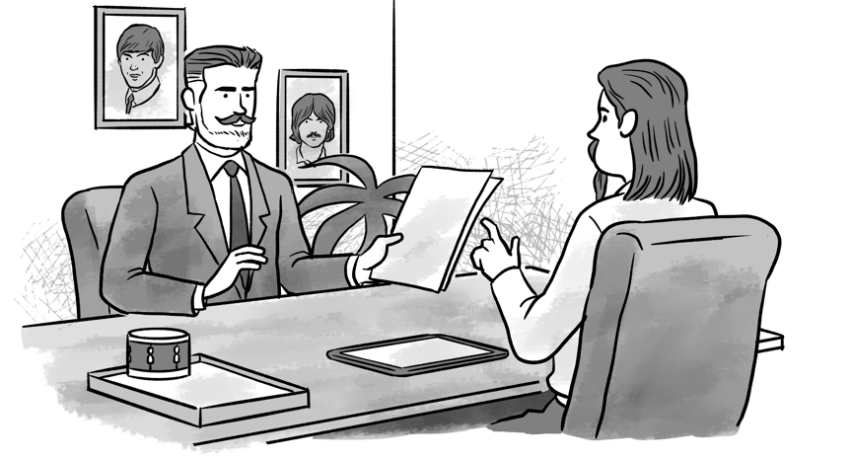Deepak was a tech lead who moved to the role of the Scrum Master. He took up the role with great confidence after getting trained and certified as a Scrum Master and reading up a few tomes on Agile Scrum. The initial days were challenging as the team and the stakeholders were all new to Agile Scrum, the progress was slow.
The organization engaged an Agile coach, Syed, who started working with them. Deepak, the team and the stakeholders found the coaching to be of immense value. They were able to understand the Why’s behind the practices and adopt them in a manner suitable to their team and the work. Soon they were a motivated high performing team and were an example for others to emulate.
Syed, the coach in the initial phase would be present for the important ceremonies. After that he would drop occasionally in to their ceremonies and at times provide inputs to Deepak as well as the team. It helped Deepak realize that at times he had moved away from being a facilitative leader, it was subtle shift which the coach could notice. Deepak learnt that a few of the team members were aware of the shift but chose to keep it to themselves. This made Deepak and the team realize that adopting Agile is a journey, with pitfalls along the way.
Syed, has finished the year long assignment with the organization and came to bid adieu to the team. Deepak is a bit concerned that now he may not get the occasional inputs and perspective from the coach. He asks Syed what he (Deepak, as Scrum Master) could do to sustain the Agile practices and improve on them as well. He is worried about him deviating and not realizing that.
As a Coach (Syed), what would your response to the Scrum Master (Deepak) be?
Suggested Solution:
In this situation, where the team has pretty mature in the practices, the first thing Syed did was to allay Deepak’s concern. As the team had adopted Agile, practiced it and understood the principles well the chances that the team would falter was less.
Syed suggested that they periodically get an external perspective on their practices, some of the approaches:
- Have an SM or a team member from another team observe some of their ceremonies and share their views.
- Have himself or a team member go and observe some of the other team’s ceremonies to contrast and learn.
- The manager could also play the role of the coach/observer by participating as on observer in a few ceremonies.
Besides the above their retrospectives would help them stay focused, over and above the sprint retrospectives the release retrospective will provide good pointers.
Establishing an Agile Coaching office would help, Importance of Coaching office in sustaining Agile transformation





